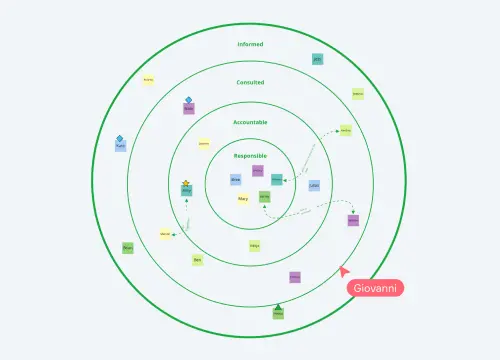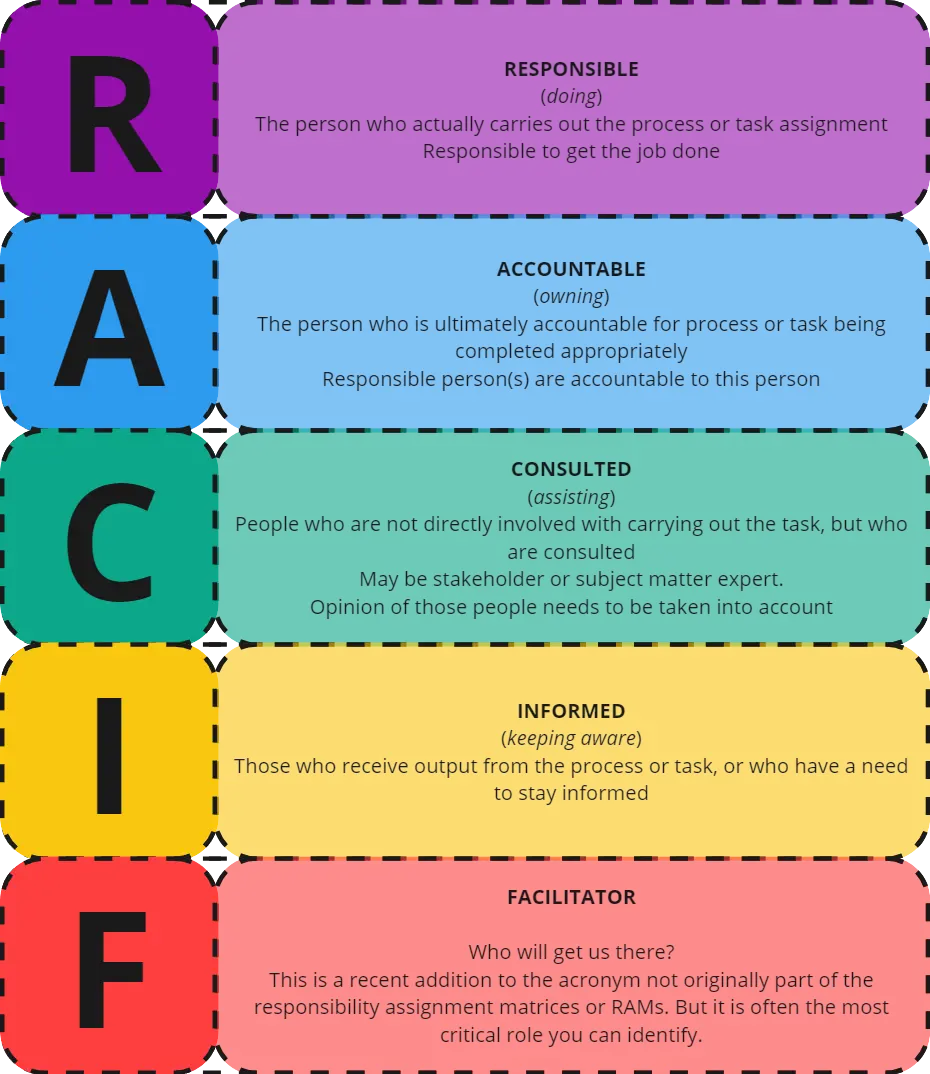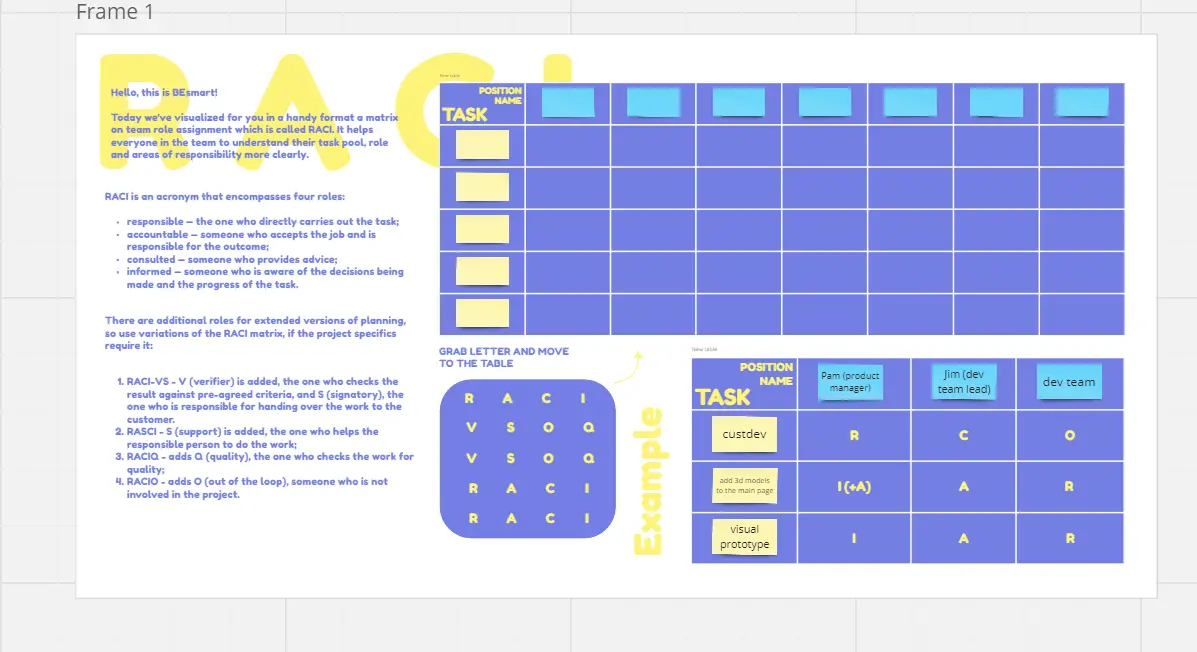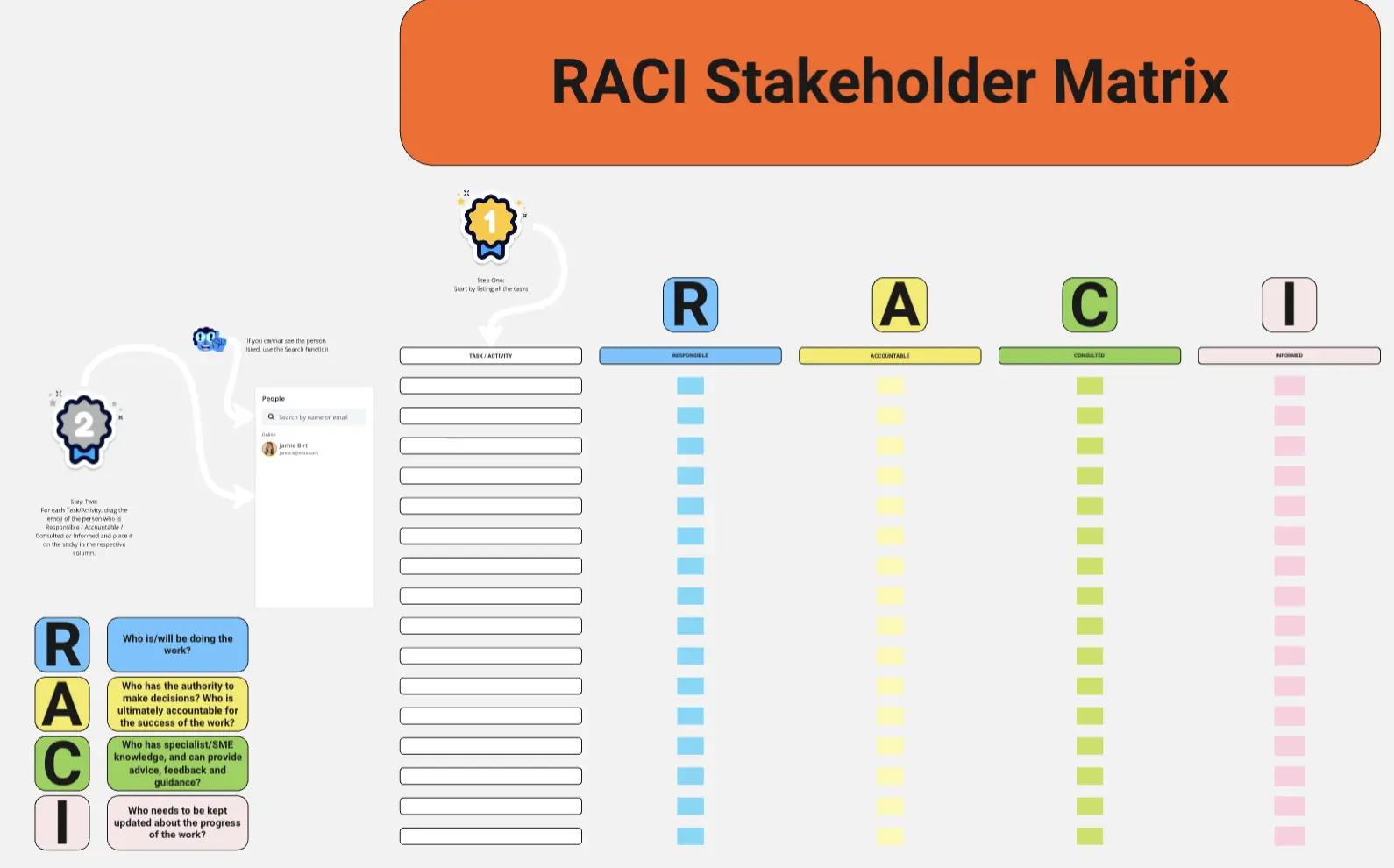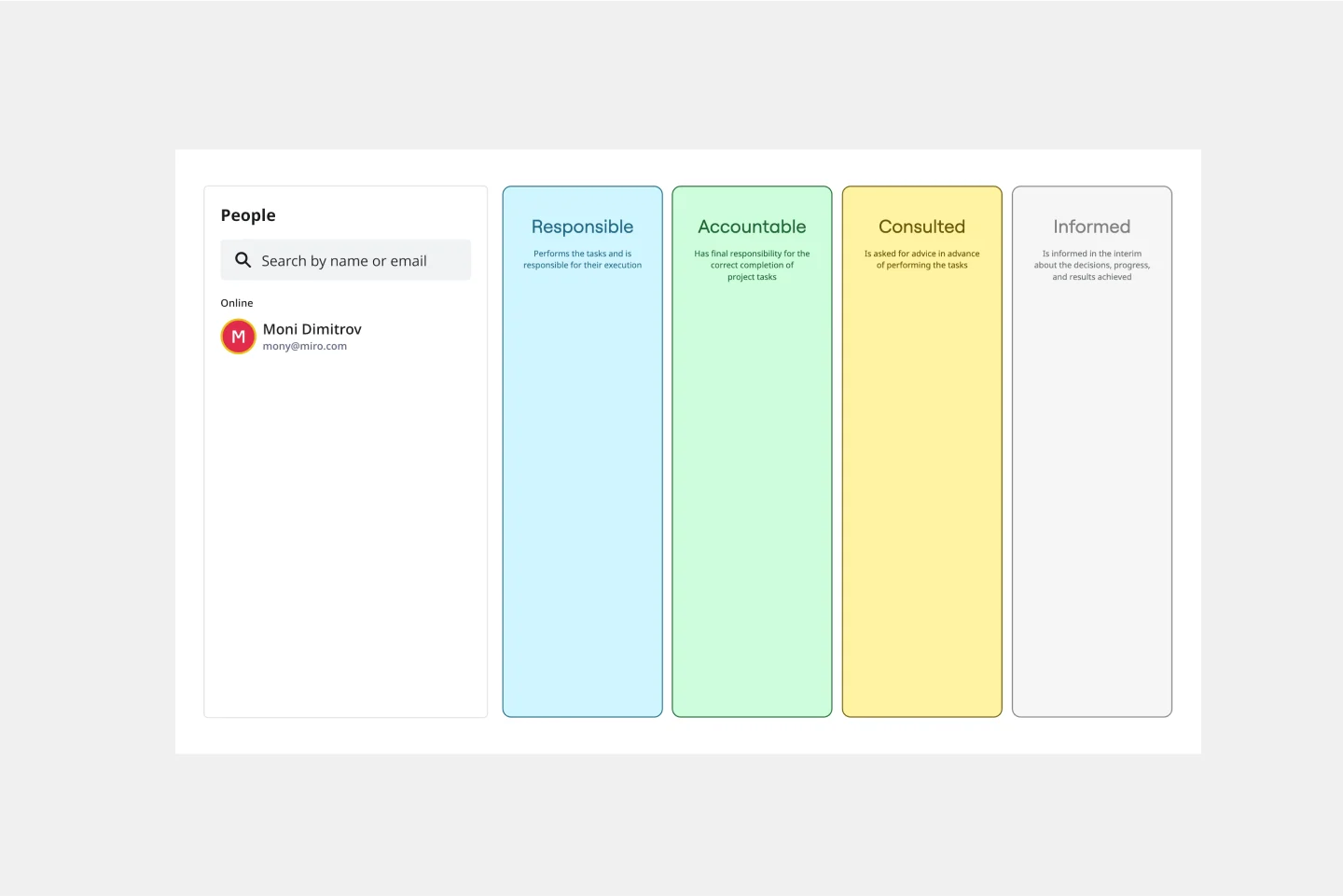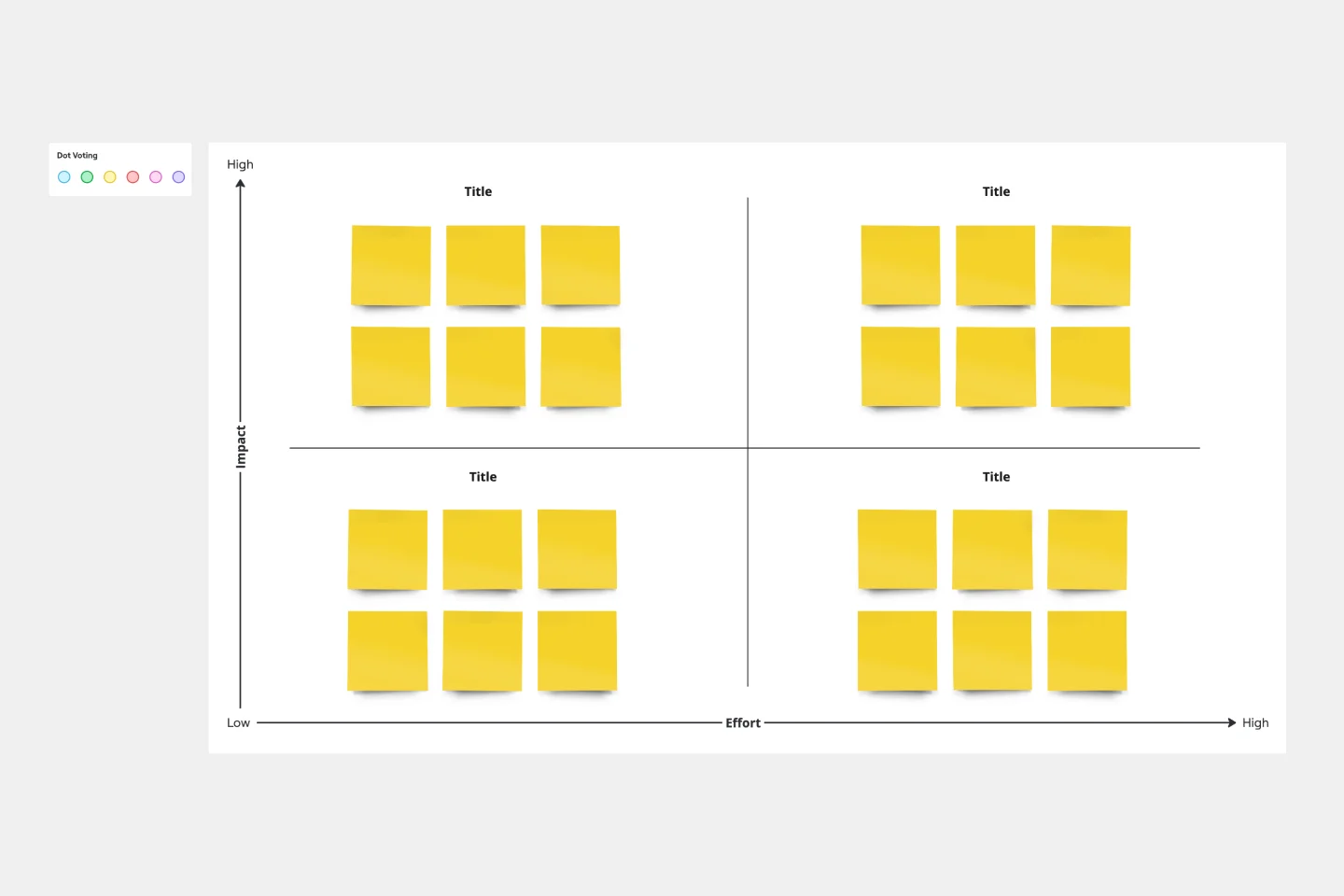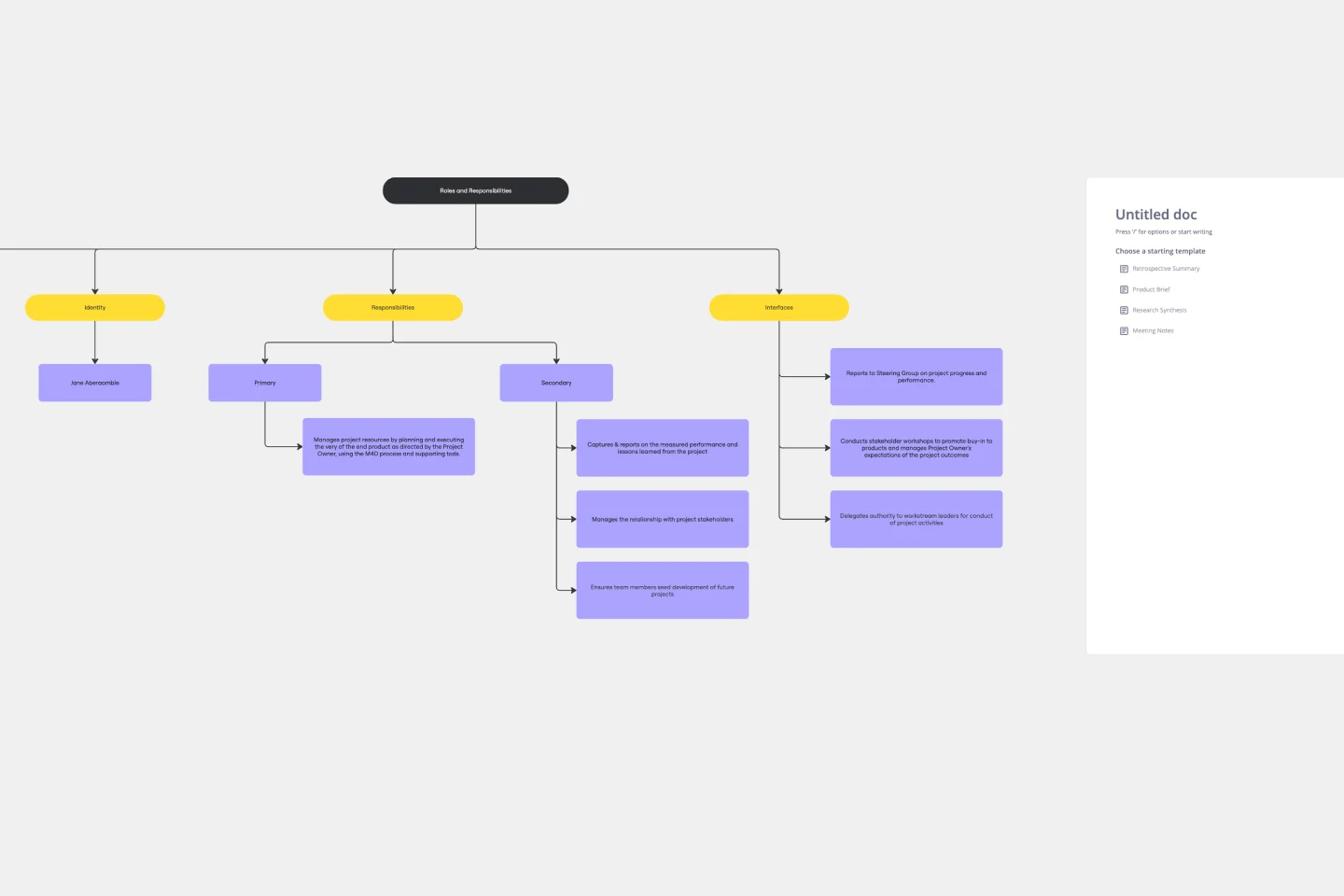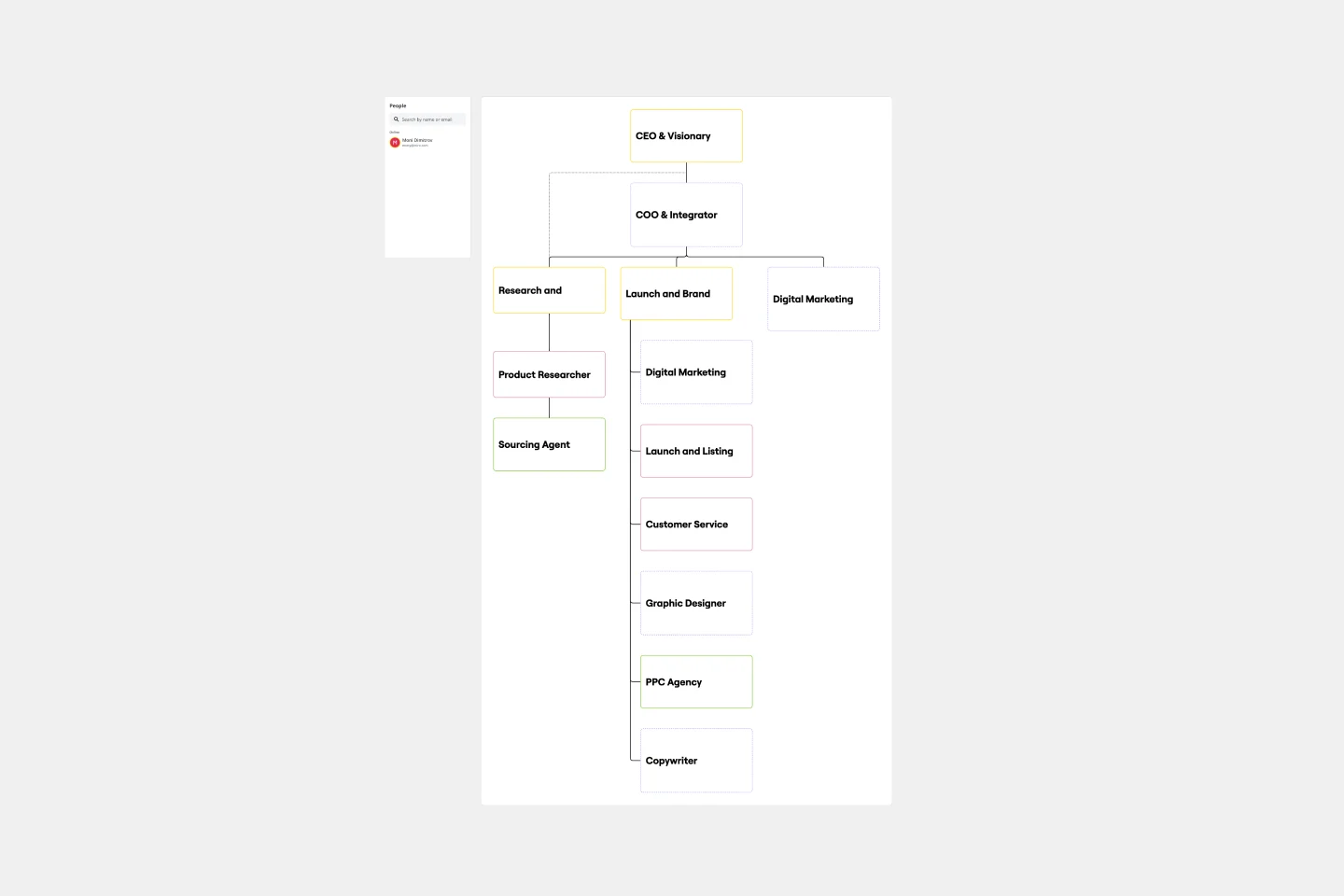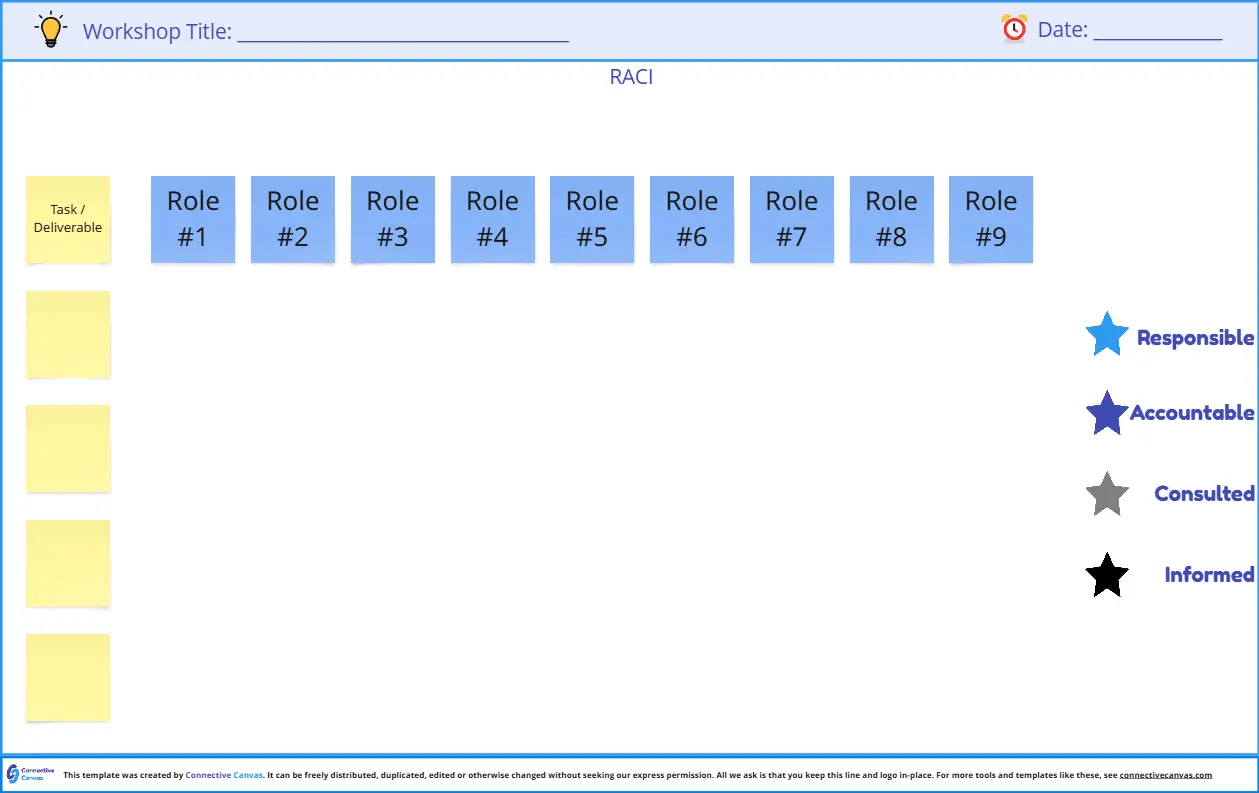About the RACI Chart Templates Collection
The Miro RACI chart templates help project managers streamline their project management processes. RACI stands for Responsible, Accountable, Consulted, and Informed, and these templates are essential tools for defining and clarifying roles and responsibilities within a project. By using Miro's RACI chart templates, teams can ensure that everyone knows their specific duties, which helps avoid confusion and enhance productivity.
Why you'll love our RACI chart templates
Using RACI chart templates in Miro offers many benefits:
Clarity in roles and responsibilities: Clearly defines who is responsible, accountable, consulted, and informed for each task, reducing ambiguity.
Improved communication: Ensures that all team members are on the same page, facilitating better communication and collaboration.
Enhanced accountability: Assigns accountability to specific individuals, making it easier to track progress and hold team members responsible for their tasks.
Efficient decision-making: Streamlines the decision-making process by identifying who needs to be consulted and informed, thus speeding up project timelines.
Conflict resolution: Helps in resolving conflicts by providing a clear structure of responsibilities and expectations.
Scalability: Suitable for projects of any size, from small teams to large organizations, making it a versatile tool for project management.
How to use the RACI chart templates in Miro
Using Miro's RACI chart templates is straightforward and can be broken down into the following steps:
Select a template: Choose a RACI chart template from Miro's template library. There, you can find the simple RACI matrix template.
Define tasks and activities: List all the tasks and activities that need to be completed for your project.
Assign roles: For each task, assign the roles of Responsible, Accountable, Consulted, and Informed. Ensure that each task has one person accountable and one or more responsible individuals.
Consult and inform: Identify the stakeholders who need to be consulted for their input and those who need to be informed about the progress.
Review and adjust: Regularly review the RACI chart with your team to ensure that it remains accurate and up-to-date. Make adjustments as necessary to reflect any changes in the project.
Communicate: Share the RACI chart with all team members and stakeholders to ensure everyone understands their roles and responsibilities.
By following these steps, you can efficiently manage your projects by using Miro's RACI chart templates.
In addition or as an alternative to RACI charts, consider using a roles and responsibilities template to provide clarity and accountability throughout projects.
Our RACI chart templates are powerful tools that help project managers and teams thrive by providing clarity, improving communication, and enhancing accountability. These templates can ensure that your projects run smoothly and that everyone involved knows their specific roles and responsibilities. Embrace the simplicity and efficiency of Miro's RACI chart templates to take your project management to the next level.
